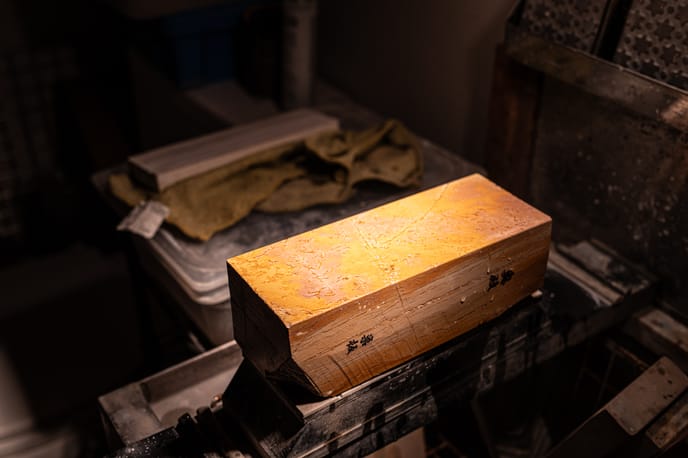This article is part of our ongoing advice column exclusive to paid subscribers. The advice is a preview of the sharpening methods taught at the Somakosha School, which just released new class openings in 2026. Thank you for your support.
Flattening sharpening stones with a diamond plate is good enough in many cases. But plates wear down, are expensive, and they can bend or be out of flat to begin with.
For many of my sharpening teachers—Including my bosses and teachers at Somakosha— most consistent way to get and stay flat is by using the 3-Plate method.

I was taught the method by Jude Noteboom, but the method is credited to a machinist and metrologist Joseph Whitworth, who started using the technique about 200 years ago. He realized that rubbing two objects together will make them conform but not necessarily make them flat. When lapping two stones against each other, one can become concave and one convex. These two stones may fit together perfectly but that is obviously not the goal.

But, by taking 3 stones and rubbing them together, over time, the objects will become flat with the right process: Rubbing A against B, and B against C, and then A against C, repeatedly, they will become flat because the only allowable shape that the three objects can share is flat. If one is concave but the other two are convex, they two similar shaped stones will conflict against each other, wearing down their similar high points at the middle. The same will occur if two are concave and one is convex. Eventually, everything evens out to flat if they are continuously lapped against each other.
This method can result in sub micron flatness (theoretically!--skill is still a factor) whereas most factory Atoma can be out a few dozen micron.
Here is a video of this method in action:


